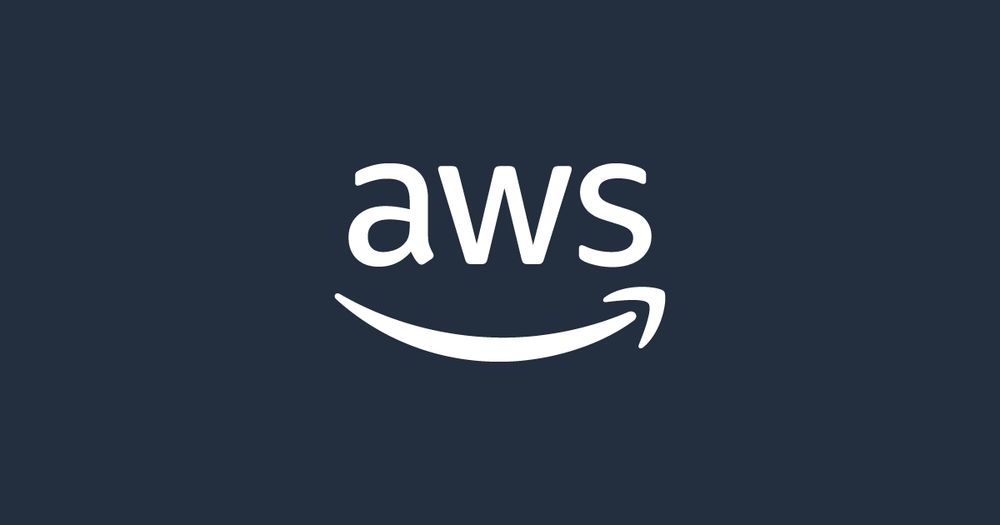
I'm sharing recent announcements from http://aws.amazon.com/new
For any issues please contact @ervinszilagyi.dev
Source code: https://github.com/Ernyoke/bsky-aws-news-feed
#AWS #AmazonSes

#AWS #AmazonSes
#AWS #AwsGovcloudUs #AwsElasticBeanstalk

#AWS #AwsGovcloudUs #AwsElasticBeanstalk
#AWS #AwsCloudtrail #AmazonCloudwatch

#AWS #AwsCloudtrail #AmazonCloudwatch
#AWS #AmazonConnect

#AWS #AmazonConnect
#AWS #AwsElasticBeanstalk

#AWS #AwsElasticBeanstalk
#AWS #AmazonSes

#AWS #AmazonSes
#AWS #AwsGovcloudUs #AmazonSagemakerStudio

#AWS #AwsGovcloudUs #AmazonSagemakerStudio
#AWS #AmazonBedrock

#AWS #AmazonBedrock
#AWS #AmazonSes #AwsGovcloudUs

#AWS #AmazonSes #AwsGovcloudUs
#AWS #AmazonOpensearchService

#AWS #AmazonOpensearchService
#AWS #AmazonConnect

#AWS #AmazonConnect
#AWS #AmazonBedrock

#AWS #AmazonBedrock
#AWS #AmazonEc2

#AWS #AmazonEc2
#AWS

#AWS
#AWS #AmazonBedrock

#AWS #AmazonBedrock
#AWS #AmazonBedrock

#AWS #AmazonBedrock
#AWS #AmazonSagemaker

#AWS #AmazonSagemaker
#AWS

#AWS
#AWS #AmazonEc2

#AWS #AmazonEc2
#AWS #AmazonBedrock

#AWS #AmazonBedrock
#AWS #AmazonCloudwatch

#AWS #AmazonCloudwatch
#AWS #AmazonEc2

#AWS #AmazonEc2
#AWS #AmazonS3

#AWS #AmazonSagemaker

#AWS #AmazonSagemaker
#AWS #AmazonEc2

#AWS #AmazonEc2

